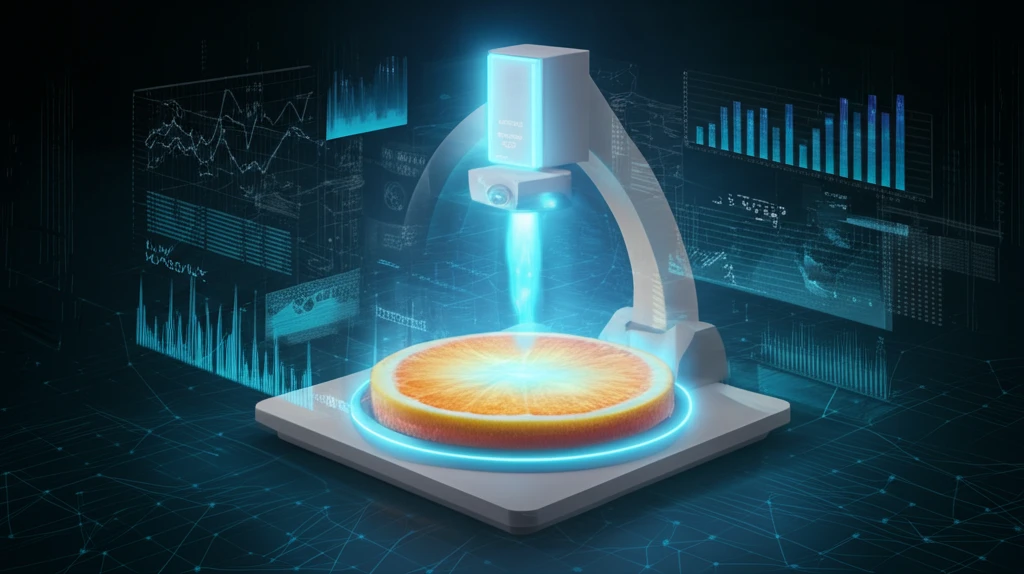
Pesticide Detection: A New Method for Safer Fruits?
"Chemometric analysis offers a breakthrough in pesticide detection, promising faster and more accurate safety checks for your favorite fruits."
Pesticides are essential in modern agriculture, safeguarding crops from pests and diseases. However, their presence in food products is a growing concern, with potential health risks prompting stringent monitoring and regulation. Ensuring that fruits and vegetables meet safety standards requires sophisticated detection methods that are both sensitive and reliable.
Traditional methods for pesticide detection often involve complex and time-consuming processes, including gas chromatography and high-performance liquid chromatography coupled with mass spectrometry. While these techniques are effective, they can be expensive and require specialized expertise, limiting their accessibility for routine monitoring in all laboratories.
In response to these challenges, researchers are exploring alternative methods that offer simplicity, speed, and cost-effectiveness without compromising accuracy. One promising approach is chemometric-assisted spectrofluorimetry, a technique that combines the power of fluorescence spectroscopy with advanced data analysis to detect and quantify pesticides in complex matrices like fruits.
What is Chemometric-Assisted Spectrofluorimetry?

Chemometric-assisted spectrofluorimetry is an innovative analytical technique that uses the natural fluorescent properties of certain pesticides to detect and measure their concentrations in fruit samples. This method involves:
- Sample Preparation: A simple extraction process, often using methanol, isolates the pesticides from the fruit pulp. This step minimizes the need for extensive cleanup procedures, reducing both time and solvent usage.
- Fluorescence Measurement: The extracted sample is then analyzed using a spectrofluorometer, which measures the fluorescence emitted by the pesticides when exposed to specific wavelengths of light. Each pesticide has a unique fluorescence signature, allowing for its identification and quantification.
- Chemometric Analysis: The data obtained from the spectrofluorometer is processed using advanced statistical and mathematical techniques known as chemometrics. These methods help to resolve spectral overlapping, correct for background interferences, and quantify the pesticides of interest with high accuracy.
The Future of Food Safety
Chemometric-assisted spectrofluorimetry represents a significant step forward in ensuring the safety of our food supply. By providing a rapid, sensitive, and cost-effective method for pesticide detection, this technique empowers laboratories to perform routine monitoring with greater ease and accuracy, safeguarding public health and promoting sustainable agriculture.
